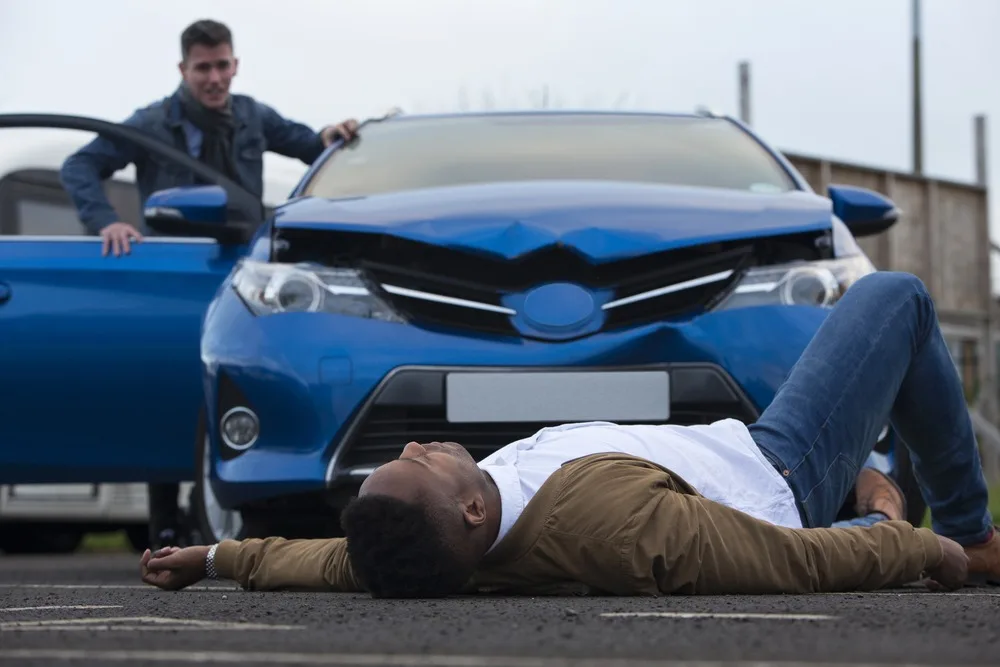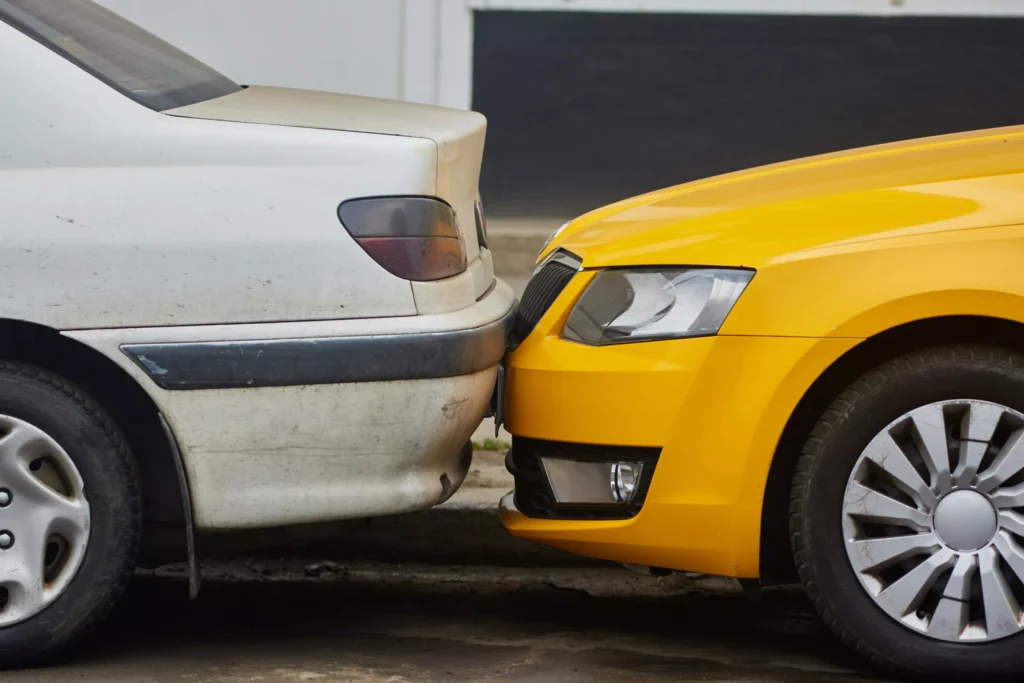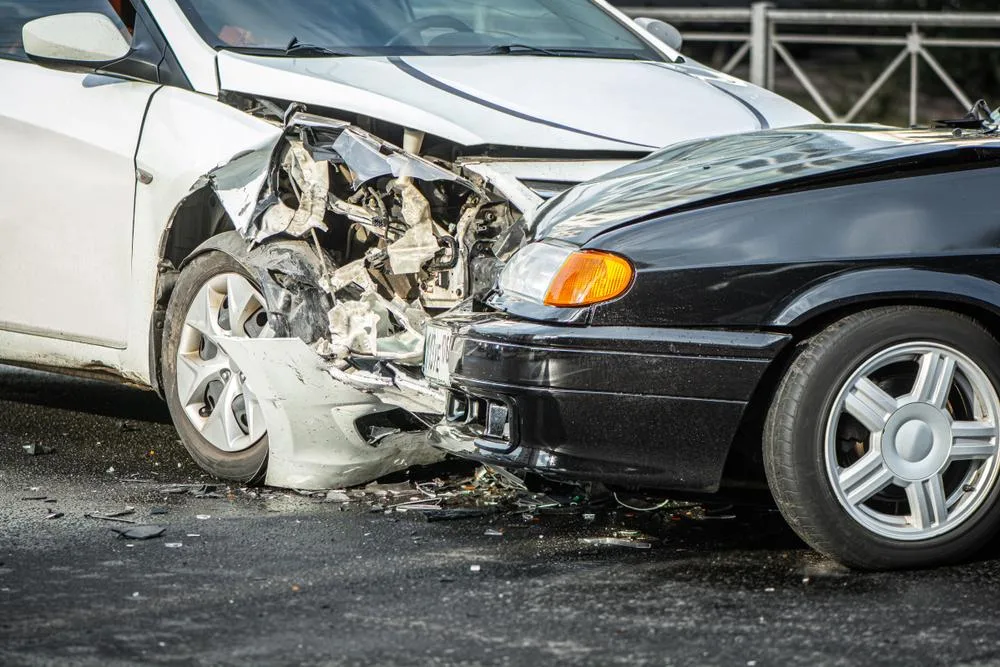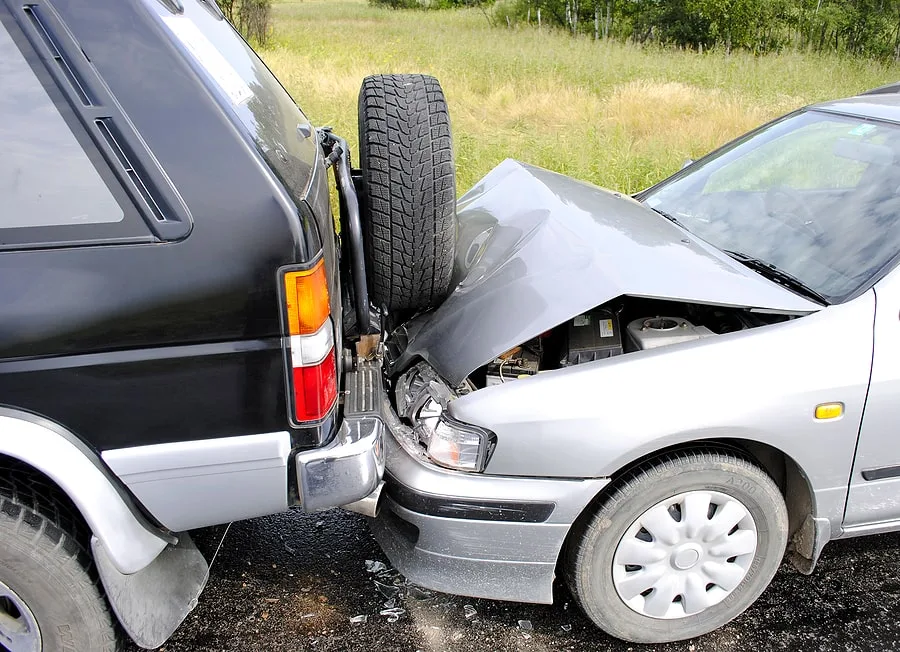Fault Checker
We handle all types of injury cases. Need a lawyer? Paragon Law Firm can help. Contact us today.
Multi Car Accidents
There are a number of factors that go into determining fault in a multi-car accident. The driver’s behavior, the type of vehicle being driven and where the accident occurred are some of these factors. Other contributing factors include any pre-existing damage to your car, as well as distracted driving or following too closely. More than one party may share different levels of fault depending on the circumstances surrounding their actions
Car hits a pedestrian
When a pedestrian is injured, they often blame the driver who hit them. But just because the pedestrian was struck by a car does not mean that they did not play a role in causing the accident. Jaywalking, running out in front of the car, or behaving erratically because they were under the influence can all be situations where the driver was at fault.
Sideswipe accident
When one car sideswipes another one, the accident and the resulting damages are usually the fault of the driver who made an unsafe lane change. The driver who leaves their lane without making sure it is safe to do so violates their duty of care toward the other drivers on the road. When they do this, they become negligent, and they can be held accountable in court.
Head on collision
In a head-on collision, the driver who failed to take reasonable care by not paying attention to the road signs or veering into oncoming traffic is generally responsible. If the other driver is in their lane of traffic and following the laws, fault will usually be clear in these cases. Unfortunately, the victims are often no longer alive to dispute fault in these serious accidents.
Hitting an animal
When you’re determining fault after a collision with an animal, the most important issue is what type of animal is involved: wild animals, livestock, or domestic animals. In general, there is no legal fault if you hit a wild animal, but in cases with dogs, horses, and other animals that have owners, the owner may be on the hook for damages.
T-bone car accidents
Who is at fault in a t-bone accident will depend on which of the vehicles involved had the legal right of way at the time. The driver who violated another driver’s right of way is liable for damages in an accident claim. They are at fault because they did not have the right to move forward at that time.
Hitting a parked car
It is usually obvious who is at fault when a parked car is hit. The driver of the parked car was not moving at the time of the wreck, and they may not have even been in the car at the time it happened. Therefore, the parked car could not move out of the way to avoid the accident. The driver of the moving car is liable by default in the vast majority of cases.
Open car door is hit
Regardless of the circumstances, in almost all cases the driver who opened their car door is responsible for any accident that takes place as a result. The driver of the car who opened the door had the opportunity to make sure it was safe, but they neglected to do so. Most states have laws that specify that the driver is at fault in dooring accidents.
Backing up car accident
Regardless of the circumstances, in almost all cases the driver who opened their car door is responsible for any accident that takes place as a result. The driver of the car who opened the door had the opportunity to make sure it was safe, but they neglected to do so. Most states have laws that specify that the driver is at fault in dooring accidents.

Multi car accidents
Car hits a pedestrian


Backing up car accidents
Hitting an animal
When you’re determining fault after a collision with an animal, the most important issue is what type of animal is involved: wild animals, livestock, or domestic animals. In general, there is no legal fault if you hit a wild animal, but in cases with dogs, horses, and other animals that have owners, the owner may be on the hook for damages.


Hitting a parked car
It is usually obvious who is at fault when a parked car is hit. The driver of the parked car was not moving at the time of the wreck, and they may not have even been in the car at the time it happened. Therefore, the parked car could not move out of the way to avoid the accident. The driver of the moving car is liable by default in the vast majority of cases.
T-bone car accident
Who is at fault in a t-bone accident will depend on which of the vehicles involved had the legal right of way at the time. The driver who violated another driver’s right of way is liable for damages in an accident claim. They are at fault because they did not have the right to move forward at that time.


Sideswipe accident
When one car sideswipes another one, the accident and the resulting damages are usually the fault of the driver who made an unsafe lane change. The driver who leaves their lane without making sure it is safe to do so violates their duty of care toward the other drivers on the road. When they do this, they become negligent, and they can be held accountable in court.
Open car door is hit
Regardless of the circumstances, in almost all cases the driver who opened their car door is responsible for any accident that takes place as a result. The driver of the car who opened the door had the opportunity to make sure it was safe, but they neglected to do so. Most states have laws that specify that the driver is at fault in dooring accidents.


Head on collision
Rear end collision




